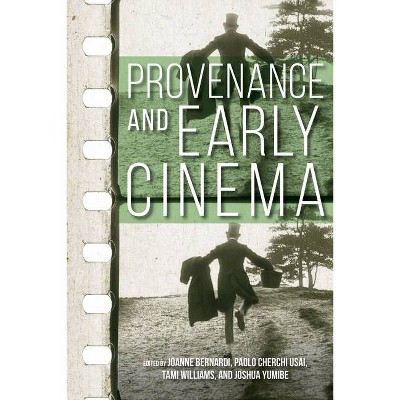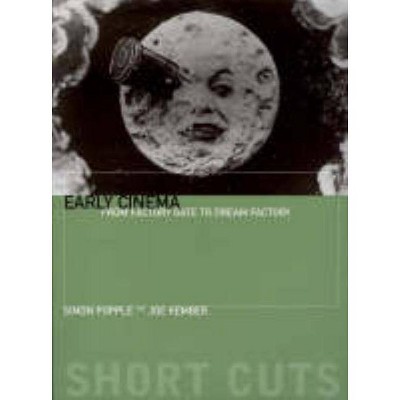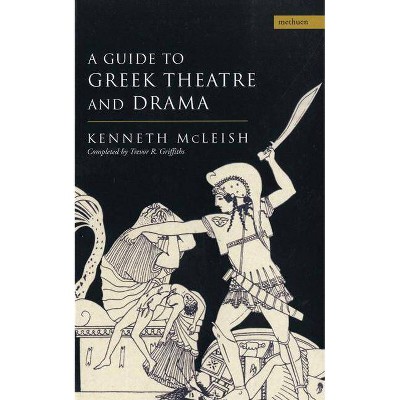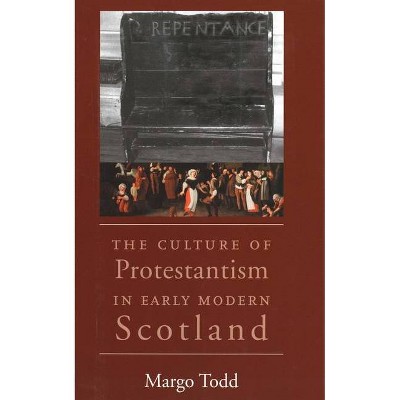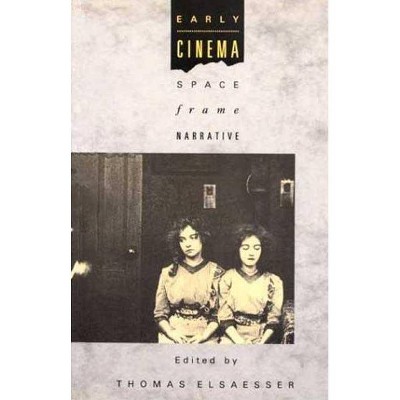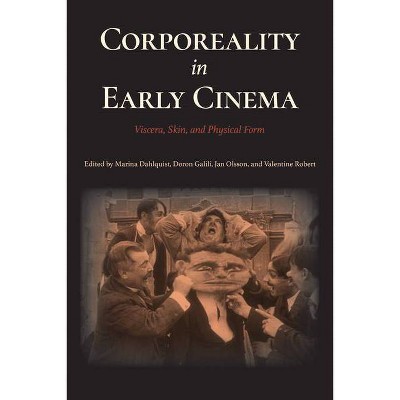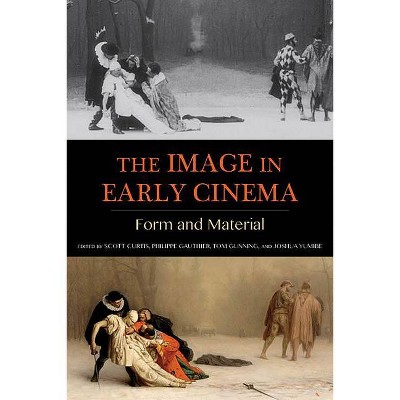Early Cinema in Scotland - by John Caughie & Trevor Griffiths & María A Vélez-Serna (Paperback)
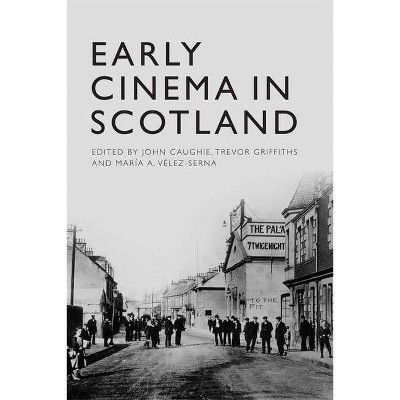
Similar Products
Products of same category from the store
AllProduct info
<p/><br></br><p><b> About the Book </b></p></br></br><p>Focusing on the social experience of cinema and cinema-going, this collection of essays provides a detailed context for the history of early cinema in Scotland, from its inception in 1896 until the arrival of sound in the early 1930s.</p><p/><br></br><p><b> Book Synopsis </b></p></br></br><p>The popularity of cinema and cinema-going in Scotland was exceptional. By 1929 Glasgow had 127 cinemas, and by 1939 it claimed more cinema seats per capita than any other city in the world. Focusing on the social experience of cinema and cinema-going, this collection of essays provides a detailed context for the history of early cinema in Scotland, from its inception in 1896 until the arrival of sound in the early 1930s. Tracing the movement from travelling fairground shows to the establishment of permanent cinemas in major cities and small towns across the country, the book examines the attempts to establish a sustainable feature film production sector and the significance of an imaginary version of Scotland in international cinema.</p> <p></p> <p>With case studies of key productions like <em>Rob Roy</em> (1911), early cinema in small towns like Bo'ness, Lerwick and Oban, as well as of the employment patterns in Scottish cinemas, the collection also includes the most complete account of Scottish-themed films produced in Scotland, England, Europe and the USA from 1896 to 1927.</p><p/><br></br><p><b> From the Back Cover </b></p></br></br>'Early Cinema in Scotland represents an important benchmark in what has come to be called the "new cinema history". The fruit of three years of dogged research by a talented team of cinema historians, it situates the emergence of cinema within the complex political, social and cultural contexts of "place". In doing so, it productively complicates notions of the local, the national; urban and rural; modernity and tradition. It is revealing in its account of the particularities of "Scotland" and "Scottishness" while, at the same time, establishing a framework for comparative analysis. John Caughie and his colleagues have set a new standard for cinema historiography.' Robert C. Allen, The University of North Carolina at Chapel Hill The popularity of cinema and cinema-going in Scotland was exceptional. Focusing on the social experience of cinema and cinema-going, this edited collection provides a detailed context for the history of early cinema in Scotland, from its inception in 1896 until the arrival of sound in the early 1930s. Tracing the movement from travelling exhibitions and shows in varied venues to the establishment of purpose-built cinemas in major cities and small towns across the country, the book examines attempts to establish a sustainable feature film production sector, and the significance of an imaginary version of Scotland in international cinema. With case studies of key productions like Rob Roy (1911), early cinema in small towns like Bo'ness, Lerwick, Campbeltown and Oban, and experiments in the municipal provision of cinema as well as of the employment patterns in Scottish cinemas, this volume also includes the most complete account of Scottish-themed films produced in Scotland, England, Europe and the USA from 1896 to 1927. John Caughie is Emeritus Professor at the University of Glasgow and Honorary Research Professor in Film & Television Studies. Trevor Griffiths is Reader in Economic and Social History at the University of Edinburgh. Maria A. Velez-Serna is a Leverhulme Early Career Fellow at the University of Stirling. Cover image: High Street, Methil, courtesy of National Library of Scotland Moving Image Archive Cover design: [EUP logo] edinburghuniversitypress.com ISBN 978-1-4744-2034-1 Barcode<p/><br></br><p><b> Review Quotes </b></p></br></br><br><br>"This collection makes incisive interdisciplinary contributions to the discussion of Scotland's formative cinema years before and during the transition to sound...intellectually rewarding and highly enjoyable." -- Heather Norris Nicholson, SCREEN <br><p></p><br><br><p/><br></br><p><b> About the Author </b></p></br></br><p>John Caughie is Emeritus Professor at Glasgow University and Honorary Research Professor in Film & Television Studies. He was Principal Investigator on the three-year AHRC research project, 'Early Scottish Cinema, 1896-1927', was a member of the editorial group of Screen until 2014, and is a member of the HoMER Network. He served on the Council of the Arts and Humanities Research Council, 2005-2010, and was Chair of its Research Committee. <p>Trevor Griffiths is Reader in Economic and Social History at the University of Edinburgh. Educated at the University of Oxford, he has carried out research on working-class society in Britain in the early twentieth century, before turning more recently to examine aspects of popular culture. He was Co-Investigator on the three-year AHRC research project, 'Early Scottish Cinema, 1896-1927'. <p>Maria A. Velez-Serna is a Leverhulme Early Career Fellow at the University of Stirling, working on pop-up cinema exhibition. She was the Postdoctoral Researcher on the Early Cinema in Scotland project, after completing her PhD at the University of Glasgow. She has also published on Colombian cinema history and is a member of the HoMER Network (History of Moviegoing, Exhibition and Reception).<p>
Price History
Price Archive shows prices from various stores, lets you see history and find the cheapest. There is no actual sale on the website. For all support, inquiry and suggestion messages communication@pricearchive.us
